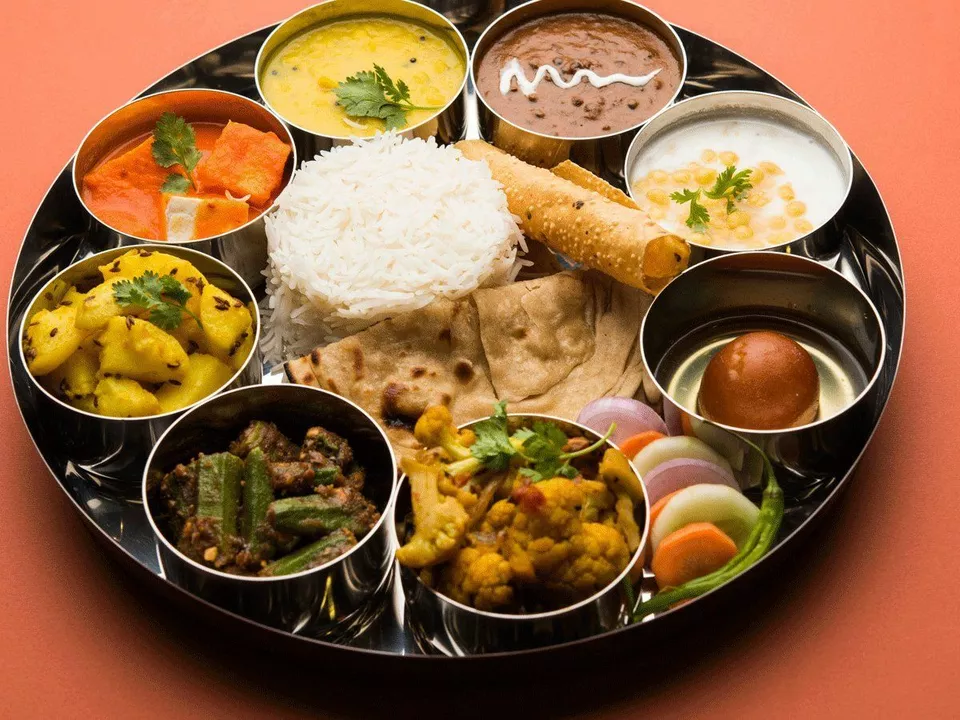Understanding Indian Food and Its Ingredients
Before we dive into the safety of eating Indian food left out overnight, it's important to understand the cuisine and its ingredients. Indian food is known for its rich flavors, aromatic spices, and diverse ingredients. The cuisine varies across different regions, with each having its unique blend of flavors and cooking techniques. Some common ingredients found in Indian dishes include rice, lentils, vegetables, meats, and a variety of spices such as turmeric, cumin, coriander, and chili powder.
These ingredients not only enhance the taste of the dishes but also have various health benefits. For instance, turmeric has anti-inflammatory properties, while cumin aids digestion. However, it's important to note that these ingredients can also be susceptible to spoilage if not stored or handled properly. So, let's explore the safety of consuming Indian food that has been left out overnight.
The Danger Zone: Temperature and Bacterial Growth
One of the primary concerns when it comes to leaving any type of food out overnight is the temperature. Food left at room temperature for a prolonged period falls into the "danger zone," which is between 40°F and 140°F (4-60°C). In this temperature range, bacteria can grow rapidly, leading to food spoilage and the risk of foodborne illness.
Indian food, like any other cuisine, can harbor harmful bacteria if left out overnight. The mixture of ingredients, especially the presence of meats and dairy products, can create the perfect environment for bacterial growth. Consuming such food can lead to food poisoning, with symptoms ranging from mild to severe.
Common Culprits: Bacteria in Indian Food
Some common bacteria that can be found in Indian food left out overnight include Salmonella, Escherichia coli (E. coli), and Staphylococcus aureus. These bacteria can cause foodborne illness and result in symptoms such as nausea, vomiting, diarrhea, fever, and abdominal pain. In severe cases, these illnesses can be life-threatening, especially for individuals with weak immune systems, such as young children, the elderly, and pregnant women.
It's crucial to follow proper food handling and storage practices to prevent the growth of these harmful bacteria and ensure the safety of your Indian food.
Proper Storage Techniques for Indian Food
To avoid the risk of foodborne illness, it's essential to store Indian food correctly. Here are some storage tips to ensure the safety of your Indian dishes:
- Refrigerate or freeze leftovers within two hours of cooking.
- Store food in airtight containers to prevent cross-contamination.
- Label and date leftovers to keep track of their shelf life.
- Reheat leftovers to at least 165°F (74°C) before consuming.
By following these guidelines, you can significantly reduce the risk of bacterial growth in your Indian food and ensure its safety for consumption.
Reheating Indian Food: Safety and Flavor
When it comes to reheating Indian food, it's important to ensure that the food reaches a safe temperature to kill any harmful bacteria that might be present. As mentioned earlier, the recommended temperature for reheating leftovers is at least 165°F (74°C). You can use a food thermometer to check the internal temperature of the dish before consuming it.
Besides ensuring the food's safety, proper reheating techniques can also help retain the flavors and textures of Indian dishes. It's best to reheat Indian food using a stovetop, oven, or microwave, depending on the dish.
When to Discard Indian Food Left Out Overnight
If you're unsure whether your Indian food is safe to eat after being left out overnight, it's best to err on the side of caution and discard it. Consuming food that has been left at room temperature for more than two hours can put you at risk of foodborne illness, and it's not worth taking the chance.
Remember that when it comes to food safety, it's always better to be safe than sorry. So, if you have any doubts about the safety of your Indian food, it's best to throw it away and prepare a fresh meal.
Conclusion: Safety First!
In conclusion, it's not safe to eat Indian food left out overnight due to the risk of bacterial growth and potential foodborne illness. To ensure the safety and quality of your Indian dishes, follow proper food handling, storage, and reheating techniques. And if you have any doubts about the safety of your food, it's always better to discard it and opt for a fresh meal instead.
By being mindful of food safety practices, you can continue to enjoy the delicious flavors of Indian cuisine without putting your health at risk.
